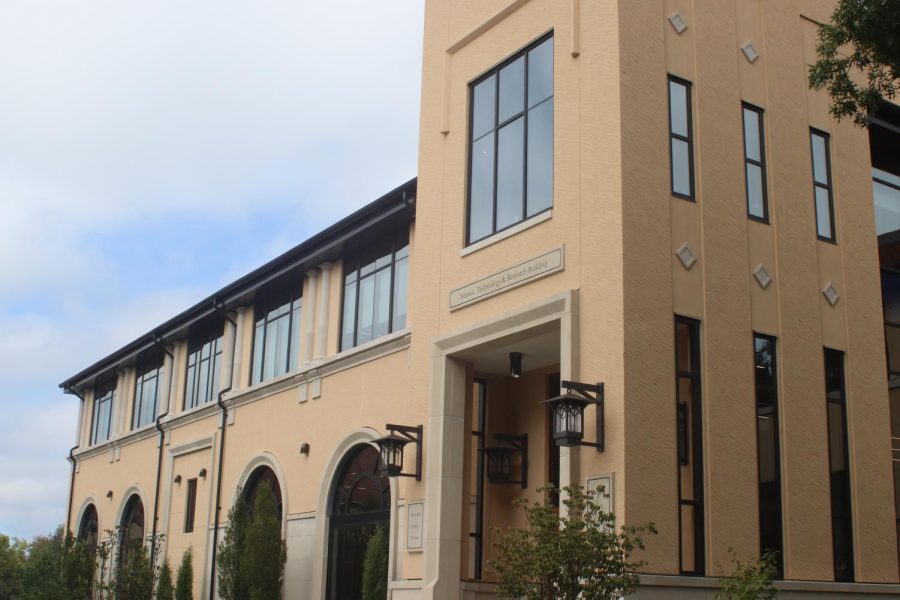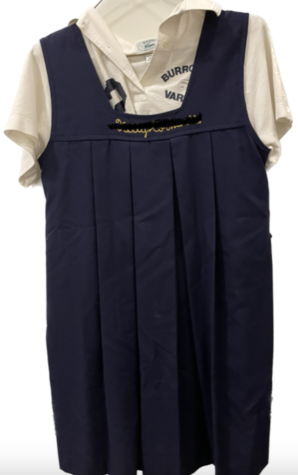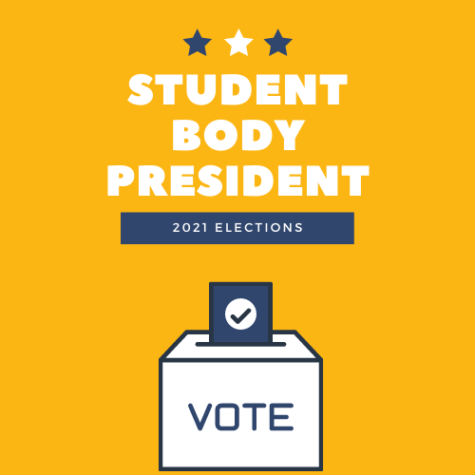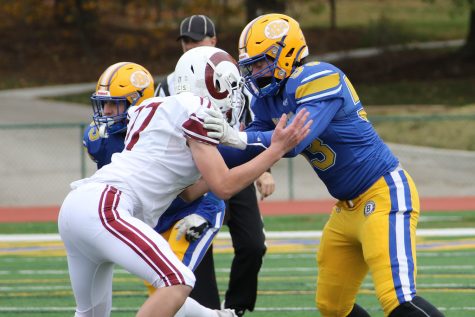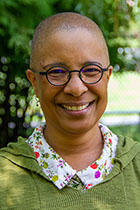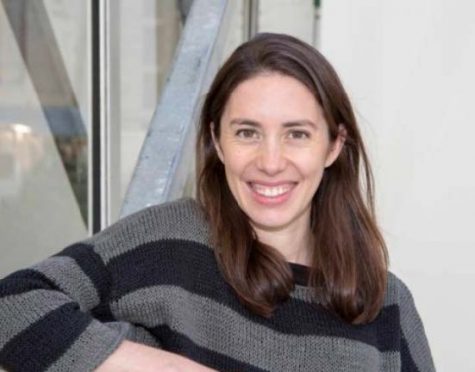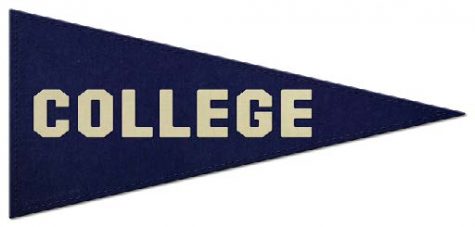The STARt of Something New
October 15, 2018
Throughout the school day, Burroughs students and faculty hustle in and out of the new Science, Technology, And Research building — the shining STAR on campus. Surely every student at Burroughs has stepped foot in the building by now: to attend science class, study with friends in a quiet room, or admire the view from the German tower….
For the most part, however, very few students — busy high schoolers, especially — have taken the time to explore the building in its entirety; the STAR, like a new student, contains unique aspects yet to be revealed. Who knows the story of the white cube suspended beneath glass on the second-floor entrance? Why can students no longer play Slither.io in the computer labs?
An interview with the youngest building on campus reveals the answers to everyone’s burning questions.
***
In many ways, SCIENCE teachers at Burroughs are “still moving in” to their new home, says Wayne Winters, head of the science department. Regardless, science classes at Burroughs have already grown — both literally and figuratively — following their relocation.
In the numerical sense, the design of the department’s new “CLABs” — a portmanteau of “classroom” and “lab” — allows all class sizes to expand to a maximum of 18 students (as opposed to 16). According to Dr. Winters, the expansion “is about using the classroom space efficiently.”
Winters notes that teachers are “still sorting out the aspect of having a classroom and a lab together, which is something you can only figure out once you’re in [the space].”
Catharine Haveman is a physics teacher who has taught eighteen-student classes for AP Physics since she began working at Burroughs in 2015. She reflects that one objective of teaching larger classes is “making class time feel like a team effort,” and science classes, in particular, tend to split in to small groups, giving shy students the opportunity to “find their voice and feel comfortable participating” — even in a class with slightly more students than English or Spanish, for example.
However, at the same time that the STAR Building asks instructors to broaden their teaching, its resources provide technological solutions to issues that hindered some of Burroughs’ established approaches to teaching science.
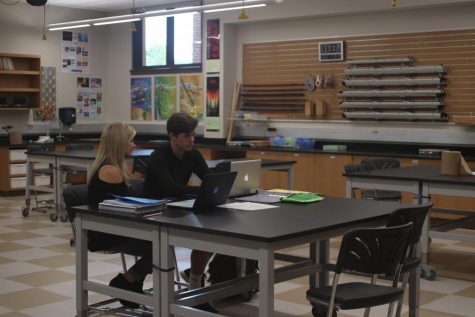
Many JBS students are familiar with programs like LoggerPro, which they use to graph and analyze data collected from classroom experiments. Typically, when groups conducted these experiments in the old science buildings and at ScienceTown, one student would be in charge of running LoggerPro on a laptop while the others ran the trials.
Now, each CLAB at the STAR includes several desktop computers linked to TV-sized monitors. With the introduction of larger screens to aid students’ experiments, Winters confirms that “everyone [in a group] can see what’s going on” at once and “view the data a lot more clearly.”
Dr. Winters summarizes that while the transition process may be long, it is already well underway: “Everybody is excited. We’re trying things out and seeing what works best.”
***
Computer and industrial TECHNOLOGY instructors at Burroughs report similar excitement about the new resources and circumstances that the STAR provides.
The computer technology department at Burroughs has fully migrated: The Humanities Lab in the Brauer Building is now Dr. Smith’s classroom, and computer teachers have settled into two new classrooms in the STAR.
Math instructor Alex Wu ‘01 teaches Intro to Computer Programming, and he lists three major changes resulting from the relocation:
Firstly, unlike in the Hum Lab, Mr. Wu’s new lab has “no pillar in the middle of the room, which makes the flow of the classroom much nicer.” Secondly, there are no printers in the new computer labs, “so now my classes are not interrupted by students who want to print.” Lastly, “teachers are in the back of the classroom, so it is much easier to tell when one of my students is playing Slither.io.”
Mr. Wu notes that the new computer labs will be open for student use outside of class time, similar to the schedule of Humanities Lab.
The STAR Building also includes “new metalworking tools” for the industrial technology department, says Chris Lubniewski ‘07, an industrial technology and engineering instructor, who pointed to the CNC plasma cutter and CNC mill.
Dan Barton, who also teaches IT and engineering, mentions the new makerspace, which is a hidden gem on the third floor — a room filled with resources to help students think and experiment creatively.
“The makerspace is open all the time for students,” says math teacher Paul Solomon. He and the new librarian, Ying Lin, are scheduled to manage the makerspace throughout the week and will guide students in using any unfamiliar tools.
Now, Mr. Solomon walks around the room and points out various stations for student use, including a 3D printer, a Cricut Maker (like a 3D printer, but syncs to an app), stencils, colored pencils, watercolors. The room also contains “about a thousand Lego” — “Lego,” Mr. Solomon insists, is the plural of “Lego.”
***
The STAR’s subtle designs AND amenities play a pivotal role in defining the building’s personality.
For example, surely a number of students and faculty alike have wondered why a portion of the second floor near the entrance of the STAR contains a panel of glass, underneath which lies a white cube surrounded by colorful patterns.
History teacher Mark Nicholas knows the answer: “It’s called ‘Splat,’” he tells a small crowd which has gathered around the artwork. “It’s by Tom Friedman, Class of ‘83 at Burroughs, who is one of the most highly regarded artists in America right now.”
Speaking of famous JBS graduates, a collection of thought-provoking books can be found in the Alumni Reading Lounge, which doubles as a peaceful study spot, on the top floor of the library.
In addition, on a separate note, the women’s restrooms in the STAR Building provide free pads and tampons in a container on the sink. This feature is a major hit with students: Kami Lou Harris ‘20 exclaims, “I wish we had them in every building,” and her sister Evan Harris ‘22 appreciates that the products are “easily accessible,” which “prevents having to ask someone for one.”
From fine art to bathrooms, the STAR Building offers hidden treasures for anyone who examines closely enough.
***
Research at Burroughs is blooming in the STAR — including the library, labs, and additional classrooms, which are packed with resources available for student use.
By now, students have settled in to the new Stamper Library and are comfortable with its facilities. Librarian and technology specialist Jennifer Gosnell says that she is “impressed by how the kids have just flooded the library.” She points specifically to the study rooms, which have been “incredibly popular, even on the first day [of school].”
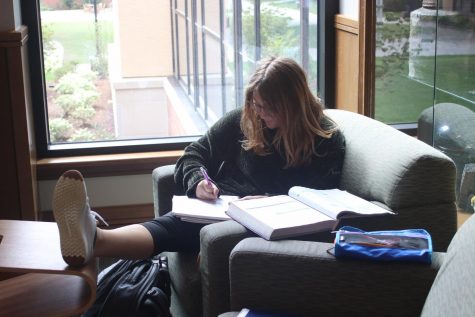
Ms. Gosnell adds that even though many students study and hang out in the library, the population is not overwhelming: “The library really swallows up the students — in the past, if we had seventy kids in the library, it was a madhouse, but now we can have seventy kids and it’s still a quiet library.”
In addition to the new library, another Burroughs group which has relocated to the STAR Building is the biodiesel production lab, which works in junction with the Super Mileage Vehicle Club to create sustainable biofuels. The first-floor lab is managed by science teacher Eric Knispel, who reports that he and his students are “now building and rebuilding equipment.”
Another work-in-progress is the greenhouse on the third floor, which is presently locked. For the moment, the gardening elective is still held in the greenhouse by the soccer fields, says English teacher Michael Dee, who manages the gardening elective.
Last but certainly not least, a feature of the STAR Building which is currently up-and-running is German and Russian teacher Olga Russell’s unique and stunning classroom on the third-floor.
“Look how much natural light I have,” says Russell, gesturing to the windows which make up the walls of the classroom, where sunlight pours in and illuminates the desks. The room also contains a spiral staircase at its center, and German student Abby Greenberg ‘20 reflects on the staircase, “I feel like I’m at Hogwarts.”
The German classroom overlooks the Schnuck Wing, where a tall tree stands beside a flagpole. Fr. Russell nods to the tree and remarks, “It’s going to be very pretty when the trees are changing leaves.” German students will observe from front-row seats as autumn will fade into winter, then spring, and before Burroughs knows it, another year — or more — will be over.
As time passes, the STAR may longer smell like fresh paint, and the concrete steps outside its entrance may darken beneath students’ passing feet. However, the charm of the STAR is not defined by its shiny newness; rather, its personality will only continue to flourish as every student discovers a perfect corner in the library, evaluates the fastest route from math class to chemistry, or pursues a new hobby housed within the building’s walls.
